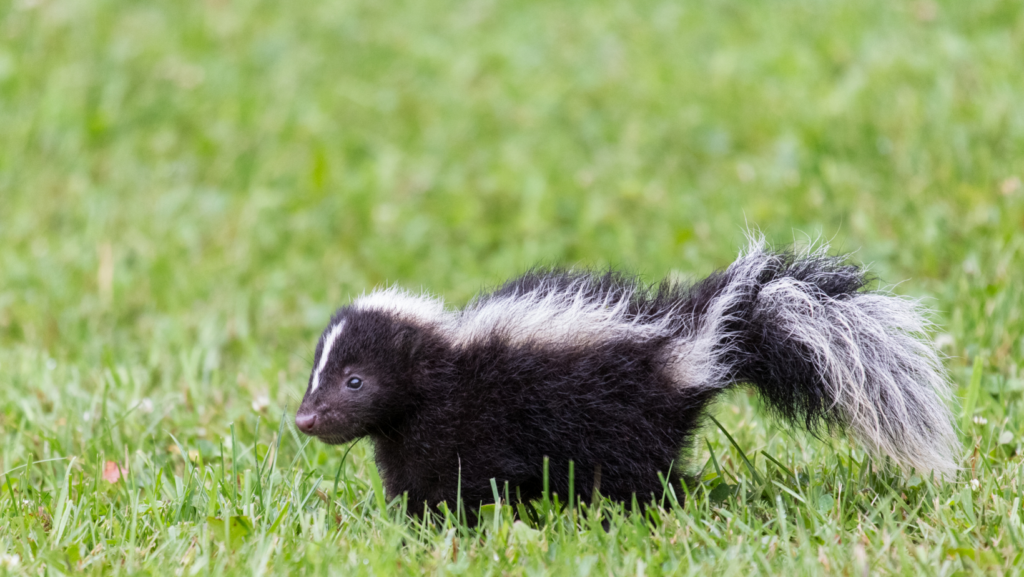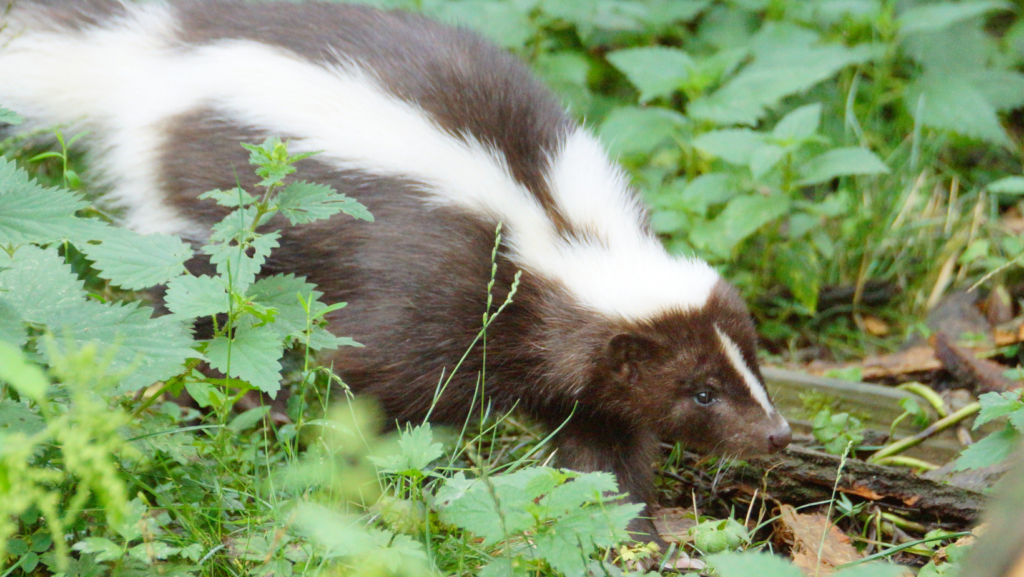In the heart of nature’s tapestry, the local skunk stands as an often-overlooked guardian of ecological balance. These black-and-white striped creatures, known for their distinctive odor, play a vital role in maintaining healthy ecosystems. Skunks are nature’s pest control experts, feasting on insects and rodents that can otherwise wreak havoc on crops and gardens.
While their scent might be infamous, skunks contribute significantly to biodiversity. They aerate the soil while foraging, promoting nutrient exchange and fostering plant growth. Their presence is a testament to the intricate web of life that thrives in local habitats. Understanding the skunk’s role in nature’s heritage local skunk not only sheds light on their importance but also encourages harmonious coexistence with these fascinating mammals. As stewards of the environment, embracing the skunk’s contributions can lead to a richer appreciation of the natural world around us.
Nature’s Heritage Local Skunk
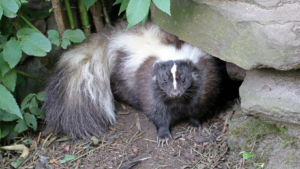
Nature’s Heritage Local Skunk encompasses distinct traits and behaviors contributing significantly to local ecosystems. Renowned for their black-and-white striped fur and their potent defensive spray, these mammals are remarkably equipped for nocturnal life. They thrive in diverse environments, including forests, fields, and urban areas, illustrating their adaptability.
Skunks play a vital role in controlling insect and rodent populations, aiding in pest management naturally without chemical interventions. By consuming beetles, larvae, and other agricultural pests, they maintain the balance within various ecosystems. Furthermore, their presence discourages overpopulation of smaller mammals, preventing potential damage to flora.
Their foraging activities go beyond feeding, as skunks inadvertently facilitate soil aeration and promote plant growth through burrowing. This process enhances nutrient distribution in the soil, benefiting the surrounding plant life. These actions reflect skunks’ direct contribution to sustaining biodiversity and fostering healthier plant communities.
Understanding skunk behavior and their ecological impact emphasizes the importance of respectful coexistence. Embracing their natural habits encourages ecological balance, stressing the benefits of these often misunderstood creatures within local habitats.
Strain Characteristics
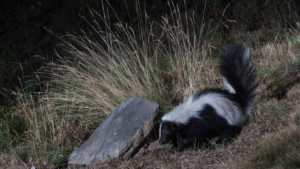
Skunks exhibit unique traits that make them fascinating and beneficial members of the ecosystem. Their characteristics include distinct aroma and flavor profiles and striking appearance features.
Aroma And Flavor Profile
The scent of a skunk is instantly recognizable, characterized by a strong, musky odor. This natural defense mechanism effectively deters predators and is crucial for their survival. Skunks produce a thiol compound, responsible for their potent scent, which can travel long distances. Despite the often maligned smell, it’s a testament to skunks’ evolutionary adaptations, ensuring they remain an exemplar of nature’s creativity.
Appearance And Color
Nature’s heritage local skunk is easily identified by their distinctive black-and-white striped fur. The contrasting stripes serve as a warning to potential threats, showcasing their defensive capabilities. Their fur patterns vary slightly among individuals, adding complexity to their visual appeal. These colors not only provide an effective deterrent but also play a role in communication within their species. Skunks’ unique appearance underscores their ecological significance, bridging the gap between functional adaptation and aesthetic intrigue.
Cultivation And Growth
Understanding the cultivation and growth of local skunks involves recognizing their natural habitat and behavioral patterns. These elements are crucial for maintaining their population and ensuring ecological balance.
Growing Conditions
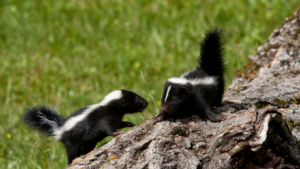
Local skunks thrive in diverse environments such as forests, fields, and urban areas. They prefer regions with abundant cover like shrubs, tall grass, or woodpiles, which offer protection and shelter. Adequate food sources are paramount as skunks consume insects, rodents, and plants. Water availability further enhances their habitat suitability, supporting their hydration needs and aiding in their foraging activities.
Harvesting Tips
While skunks aren’t harvested like traditional crops, effective management of their presence involves understanding their behaviors. Using natural deterrents like strong-smelling repellents can humanely discourage them from sensitive areas. Encouraging natural predators and avoiding toxic chemicals helps in maintaining a balanced ecosystem where skunks can contribute positively without becoming nuisances.
Effects And Benefits
Skunks, vital members of ecosystems, contribute positively to both mental and physical spaces by fostering balance and promoting health.
Mental And Physical Effects
Encounters with skunks can increase awareness of local wildlife, enhancing mental well-being by cultivating connections with nature. Their presence in gardens and fields can also encourage environmentally friendly practices, reducing reliance on chemical pesticides. This approach improves physical health by lowering exposure to harmful substances.

